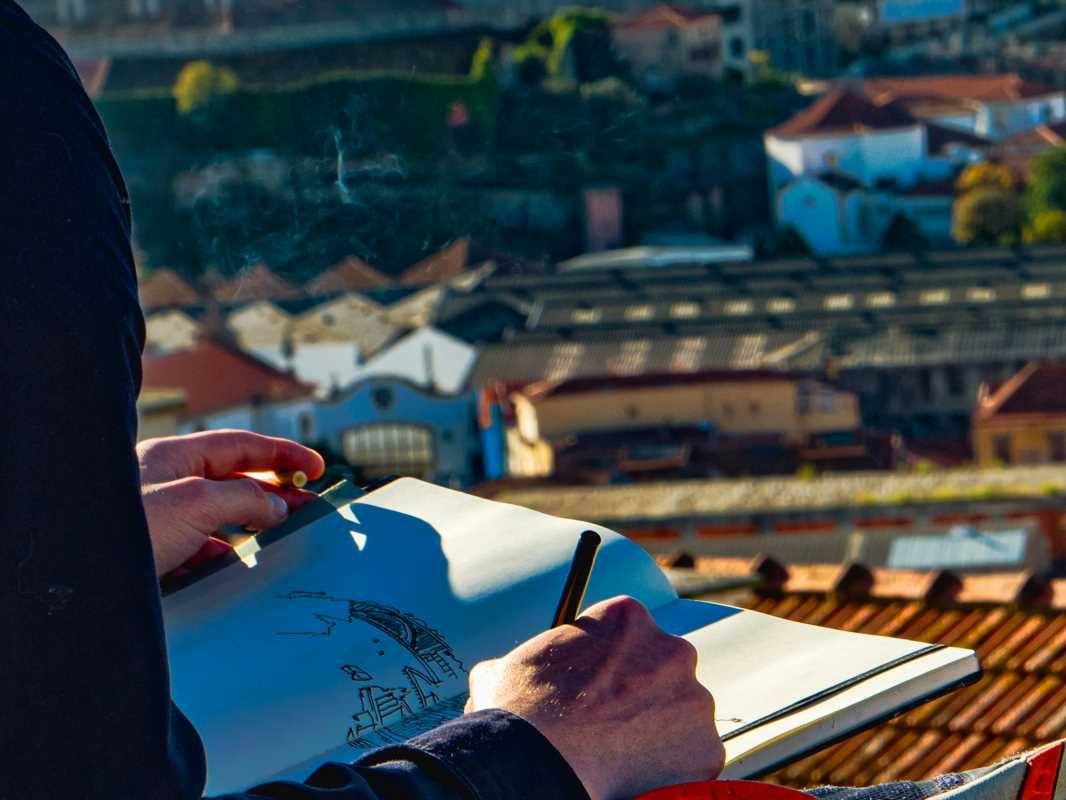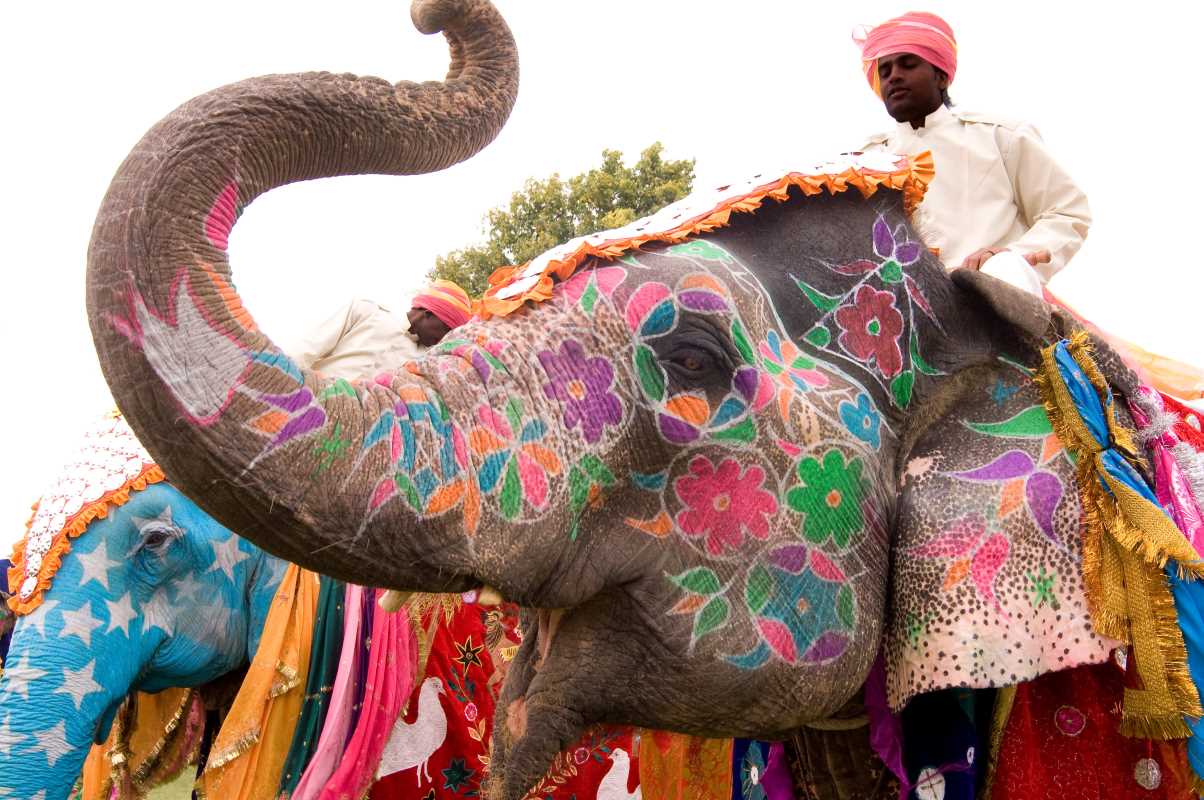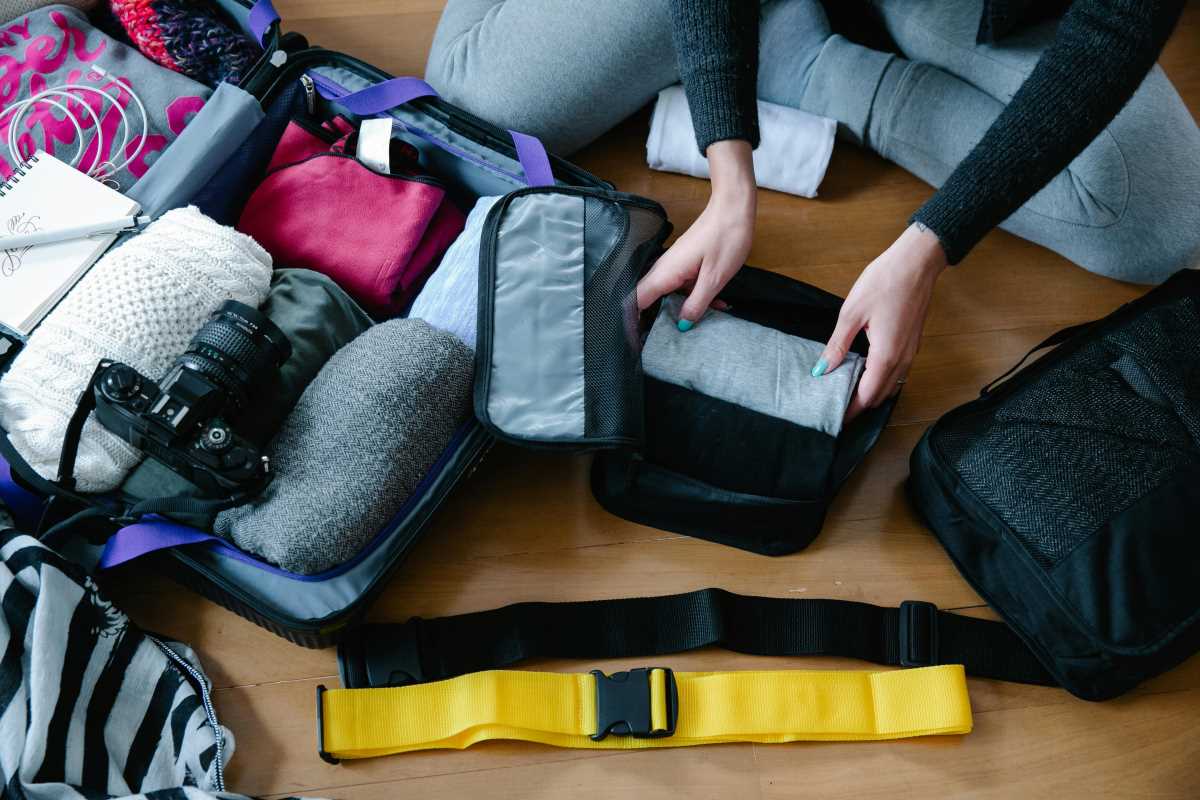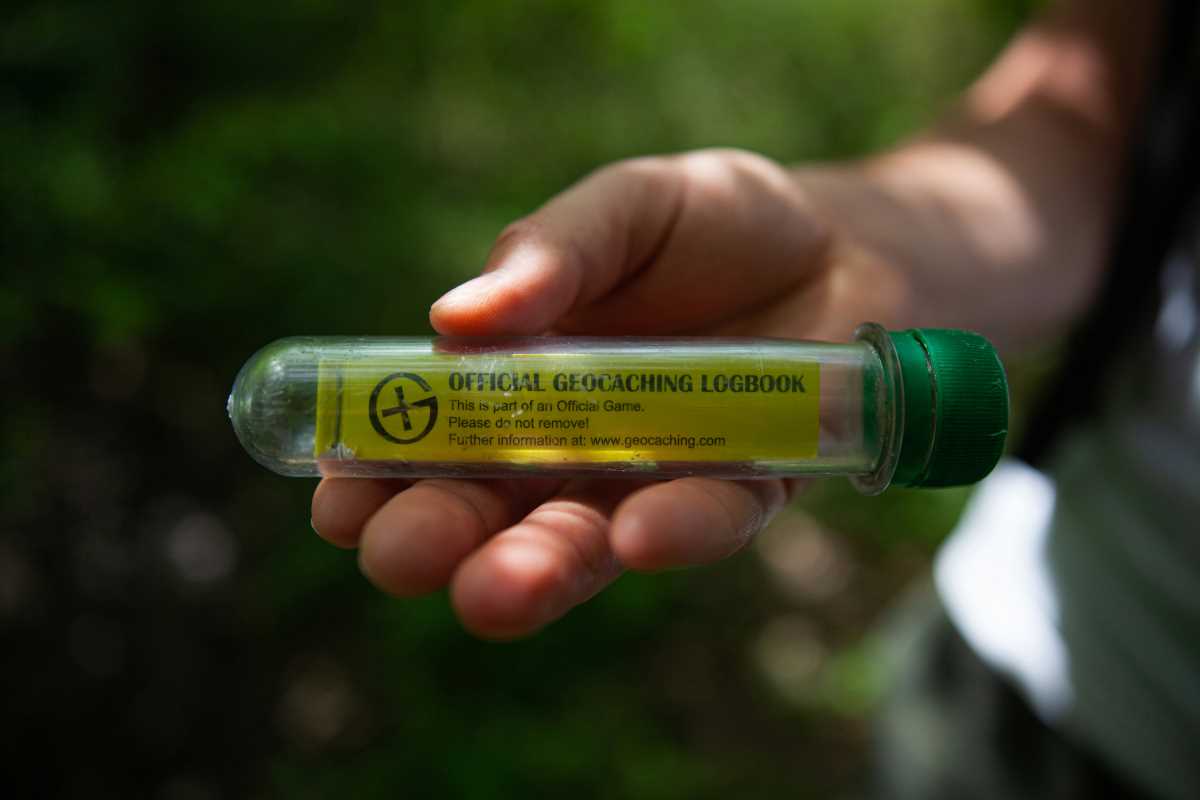Strolling along winding city streets reveals unexpected beauty in everyday storefronts. Surprises await around each corner, from hidden workshops where skilled hands shape metal into delicate designs to studios where artists bring canvases to life with bold strokes. Colorful bursts of creativity appear in the most unlikely places, inviting anyone paying attention to pause and appreciate unique details. Walking through these neighborhoods turns a simple outing into an adventure filled with sensory delights. Every turn offers opportunities to spot new textures, forms, and artistic expressions, making each journey as rewarding as the destination itself.
With every corner turned, you can feel the pulse of local makers shaping their surroundings. Sidewalk chalk lines lead to pop-up galleries and open studios welcome passersby to peek at works in progress. Engaging directly with creators turns observation into interaction. It sparks inspiration and builds connections that transcend mere transactions.
Creating a Map of Artistic Neighborhoods
Before tying your laces, scan the map for districts known for creative hubs. You might discover a micro-arts quarter just blocks from your hotel. Neighborhood guides, social media feeds, and community calendars reveal hidden gems. Charting a route helps you cover more ground without backtracking.
- Identify historic districts with restored warehouses repurposed into studios.
- Note street murals and public art installations as visual waypoints.
- Look for clusters of co-working spaces where designers and crafters share ideas.
- Pin local art fairs or weekend markets to catch rotating vendors.
Layer your map with color-coded categories: galleries, craft workshops, and artisan cafés. That way, you can plan morning visits at ceramic studios and afternoon jaunts through open-air markets. A flexible itinerary leaves room for serendipity, ensuring you won’t miss a freshly painted mural or a sculptor’s glassblowing demonstration tucked down an alley.
Seeing Street Art and Galleries
Street art often reflects cultural stories, local humor, and social commentary. You can learn about community history through vibrant murals that stretch across building facades. A lens captures fleeting installations before they fade or get covered by new expressions.
- Start with self-guided mural tours downloadable from city cultural websites.
- Drop by small galleries featuring rotating exhibitions by emerging talents.
- Attend gallery openings or art walks that welcome casual conversation with curators.
- Use photo apps to note artists’ signatures on walls and track their other works around town.
By weaving together wall art and indoor exhibits, you create an immersive tapestry of creative dialogue. While street pieces speak to public life, gallery walls reveal personal visions. Neither side overshadows the other; each enhances your overall experience.
Interacting with Local Artisans
Visiting workshops puts you face to face with skilled hands shaping raw materials. You might find a potter decorating a clay vessel or a leatherworker stitching custom straps. Talking directly with artisans encourages meaningful conversations about their inspirations and techniques.
One way to discover unique arts and crafts involves signing up for brief onsite demos. Some makers offer quick classes that let you spin a potter’s wheel or weave a tiny tapestry. Those hands-on moments not only produce souvenirs but also deepen your appreciation for each piece.
Finding Unique Crafts at Local Markets
Outdoor markets attract an eclectic mix of vendors selling jewelry, textiles, and handmade décor. You can smell spiced tea mingling with roasted coffee as you stroll between stalls. Friendly vendors often share the origin of materials, from locally sourced dyes to upcycled metal.
Look for markets held near cultural centers or historic squares. These spots often host weekend bazaars where new artisans try out their latest designs. You’ll find one-of-a-kind pendants carved from river stones, hand-woven scarves in unexpected color combinations, and sketches that capture local landscapes in miniature.
Capturing and Documenting Your Finds
Once you gather items that spark joy, preserve memories through photos and notes. A simple notebook can record vendor names, workshop locations, and the story behind each acquisition. Then, matching that text with images helps you recall context long after the trip ends.
- Use a smartphone camera to capture details: brush strokes, material textures, maker’s marks.
- Create a digital map pinning exact spots where you met each artisan.
- Jot down brief quotes from conversations—those snippets enrich memory and guide future visits.
- Organize photos in an album, grouping them by neighborhood or craft type for quick reference.
Recording your journey adds another layer of enjoyment. You turn simple souvenirs into a curated collection of stories, each item threaded with personal interaction and local heritage. Revisiting your notes later can spark fresh ideas for your own creative experiments at home.
Enjoy each surprise and conversation, as every find links you to a tradition of craftsmanship. These moments inspire you long after the walk ends.
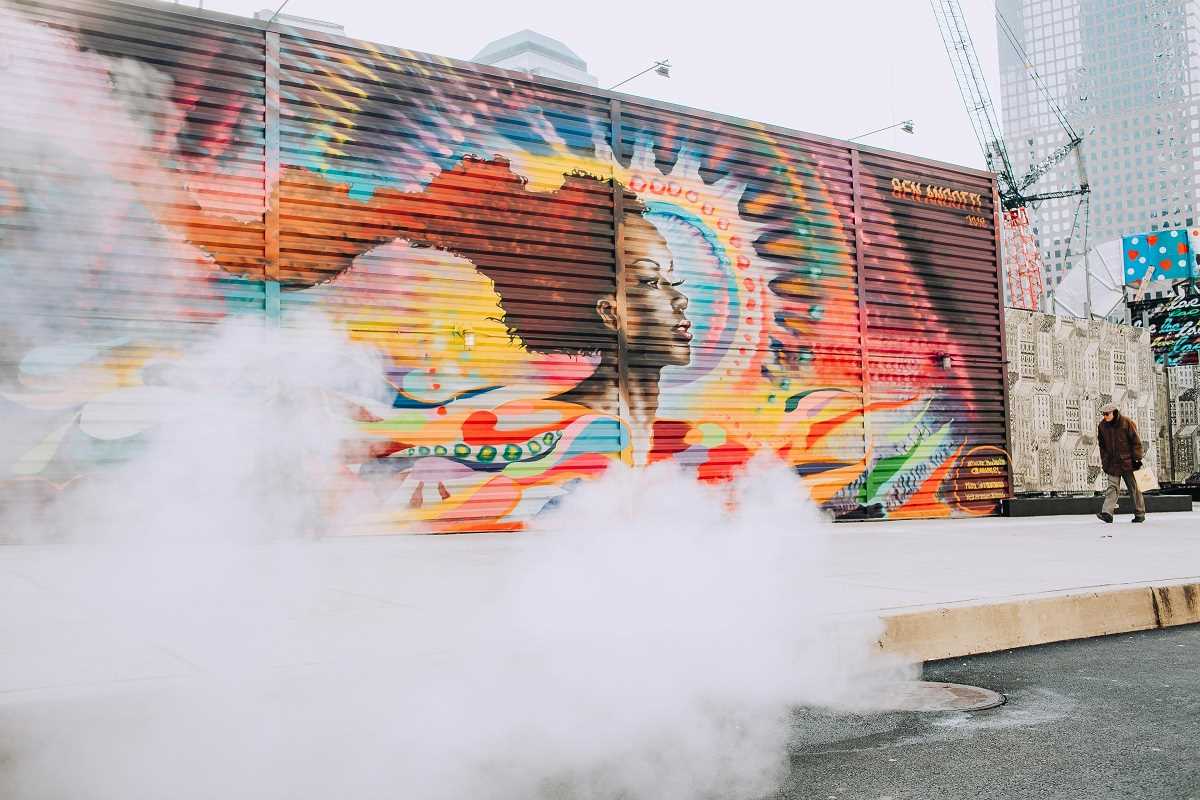 (Image via
(Image via